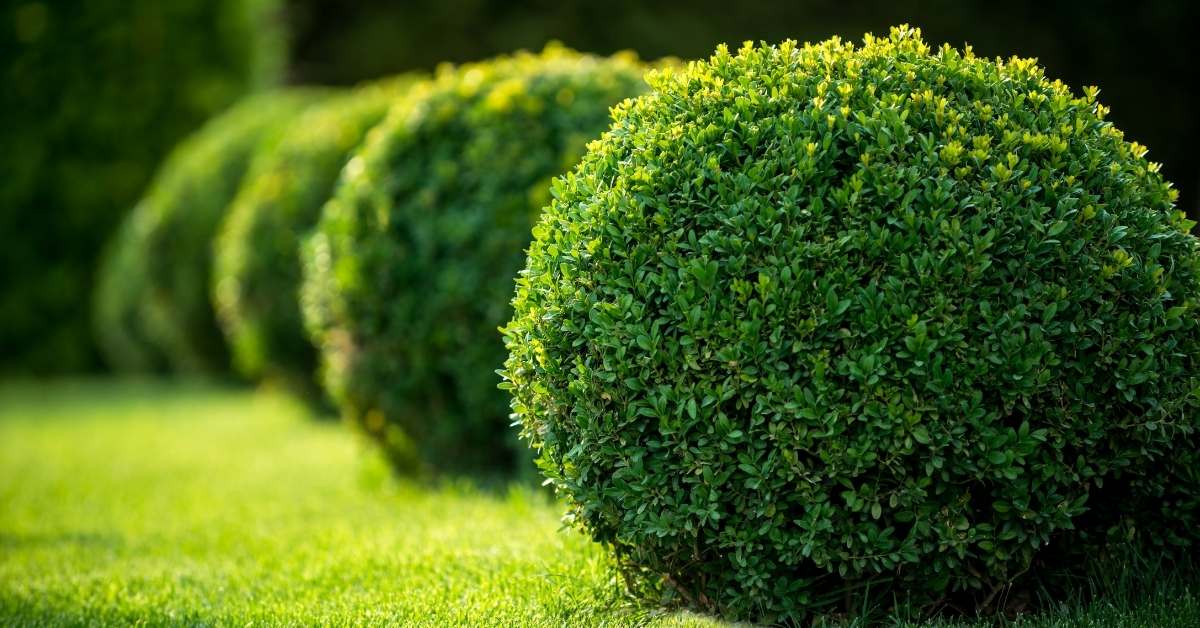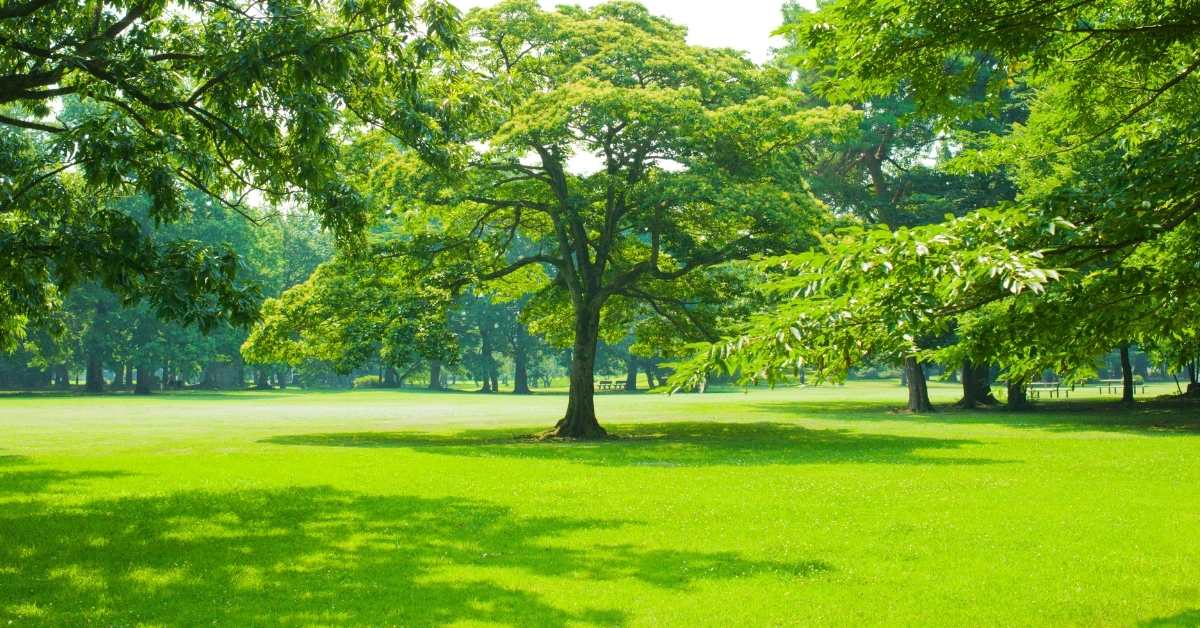A lush and vibrant lawn is the pride of any homeowner. However, many individuals inadvertently make common mistakes in their lawn care routine, unknowingly hindering the beauty and health of their green spaces. To help you achieve a thriving lawn, we have compiled a comprehensive list of the top 10 most common lawn care mistakes, drawing upon the expertise of renowned lawn care specialist Lawn Doctor. By understanding and avoiding these pitfalls, you can transform your lawn into a verdant oasis that will be the envy of the neighborhood.
Most Common Lawn Care Mistakes
1. Cutting the lawn too short to save time between mows:
In the pursuit of saving time, many homeowners make the grave error of cutting their lawns too short. However, this practice weakens the grass’s root system and paves the way for future lawn issues. It is advisable to remove no more than one-third of the grass blade during each mowing session. This prudent approach preserves the grass’s ability to absorb nutrients and ensures a strong and resilient root system, resulting in a healthier and more attractive lawn.
2. Unprepared planting strategy and methods:
The success of any garden begins with a well-executed planting strategy. When introducing new plants to your lawn, it is crucial to consider factors such as depth, spacing, and rootball preparation. Thorough research into the species of the plants you intend to introduce will allow you to create an environment that caters to their unique growth requirements. By providing adequate room for root expansion and establishing favorable conditions, you will lay the foundation for healthy growth and vibrant blooms.
You might like this: Agastache Blue Fortune: Propagating and Growing
3. Ignoring differences between mature and young plants:
A common oversight in lawn care is overlooking the differing needs of young and mature plants. Young trees and shrubs require extra attention, necessitating extensive watering and specific sun conditions that cater to their delicate nature. Conversely, established plants with mature root systems have different water and sun requirements. By understanding these distinctions and tailoring your care routine accordingly, you will promote optimal growth and longevity for all the plants in your lawn.
4. Watering at the wrong time of day:
Watering your lawn at the wrong time of day can undermine your efforts to maintain a healthy lawn. It is essential to adopt a deep and infrequent watering schedule throughout the year, ensuring that your lawn receives no more than 1 inch of water per week. This regimen allows the grass’s root system to develop deeper, enabling it to withstand periods of drought and stress. Additionally, watering your lawn during the early morning or late evening hours minimizes water loss due to evaporation, maximizing the effectiveness of your irrigation efforts.
5. Skimp on mulching:
Mulching is a powerful technique often underestimated by homeowners. Beyond its aesthetic appeal, mulch plays a crucial role in promoting lawn growth. By introducing nitrogen into the soil, mulch acts as a natural fertilizer, reducing the need for additional synthetic fertilizers by up to one-third. Moreover, mulch helps retain moisture, suppresses weed growth, and moderates soil temperature, fostering a hospitable environment for your lawn to flourish.
6. Misunderstanding differences between seed and sod:
When establishing a new lawn or repairing bare patches, it is essential to comprehend the differences between seed and sod. Sod is particularly effective for quickly “building” a new lawn. Its immediate impact reduces soil erosion, requires less watering, and provides instant greenery. On the other hand, seeds are ideal for filling in gaps within your existing lawn, bolstering its defenses against pests, and promoting uniform growth. By utilizing the right approach in the appropriate situation, you can achieve remarkable results in your lawn’s development.
7. Fertilizing out of season:
Timing is of the utmost importance when it comes to fertilizing your lawn. For Northern homeowners, it is crucial to fertilize lawns strategically to maximize effectiveness. A recommended schedule is to fertilize three times a year: once in late spring, once in late summer, and following the last mow of the year. By aligning fertilization with the lawn’s growth cycle, you provide the necessary nutrients at the optimal times, bolstering its health and vitality.
Southern homeowners, on the other hand, should focus their fertilization efforts in the spring, once the grass maintains a green color, and again in July or August. This approach takes into account the specific climate and growing conditions prevalent in the region, ensuring that the lawn receives the appropriate nourishment throughout the year.

8. Using powder products to treat a lawn:
While powder products may seem cost-effective, they often prove less efficient in treating lawns. The fine particles are prone to blowing away in the wind before they can adequately saturate the soil, limiting their effectiveness. It is advisable to opt for granular or liquid treatments that offer better adherence to the lawn, delivering the desired results without wastage.
9. Using “green” products to fix problems immediately:
In the quest for immediate solutions, some homeowners turn to organic or “green” products to address lawn issues. However, it’s important to note that these products often require multiple applications to produce noticeable results. While they may take longer to work, the advantage lies in their eco-friendly nature, promoting a healthier and more sustainable lawn care approach. Embrace patience and persistence when utilizing these products, knowing that their long-term benefits outweigh the wait for visible improvements.
10. Ignoring soil tests:
Undoubtedly, soil health plays a pivotal role in the overall well-being of your lawn. Ignoring soil tests can lead to missed opportunities for optimization. Soil tests provide valuable insights into the pH balance, nutrient levels, and composition of your soil, enabling you to make informed decisions about the type of grass that will thrive best in your specific conditions. By addressing any deficiencies or imbalances identified through soil testing, you lay the groundwork for a flourishing and resilient lawn.
Conclusion
A beautiful and healthy lawn requires diligent care and attention, as well as an understanding of the most common lawn care mistakes to avoid. By enhancing your lawn care knowledge and implementing the expert tips shared in this article, you can transform your lackluster lawn into a thriving masterpiece. Remember to maintain a balanced cutting height, devise a thoughtful planting strategy, cater to the varying needs of plants, adopt proper watering practices, harness the benefits of mulching, choose the appropriate approach between seed and sod, fertilize strategically, opt for effective lawn treatments, exercise patience with “green” products, and prioritize soil testing.
By doing so, you will not only optimize the visual appeal of your lawn but also create an environment where healthy growth and sustainability thrive. Embrace the opportunity to become a master of lawn care, and let your green oasis be the pride of your home.
FAQ
How short should I cut my lawn to avoid weakening the root system?
It is recommended to remove no more than one-third of the grass blade during each mowing session. This practice helps maintain a strong root system and prevents future lawn issues.
What is the best time of day to water my lawn?
The ideal time to water your lawn is during the early morning or late evening hours. This allows the grass to absorb the water effectively without excessive evaporation, maximizing the watering’s efficiency.
How often should I fertilize my lawn if I live in a northern region?
Northern homeowners should aim to fertilize their lawns three times a year: once in late spring, once in late summer, and after the last mowing of the year. This timing aligns with the lawn’s growth cycle, ensuring it receives the necessary nutrients at the right times.
Can I use powder products to treat my lawn effectively?
It is not recommended to use powder products for lawn treatments. Powder tends to blow away in the wind, preventing it from properly saturating the soil. Instead, opt for granular or liquid treatments that adhere better to the lawn, delivering more effective results.
Why do “green” products take longer to work compared to other lawn care solutions?
Organic or “green” products generally take longer to work because they often require multiple applications to produce noticeable results. While the wait may be longer, these products offer the advantage of being eco-friendly and promote a more sustainable approach to lawn care.

